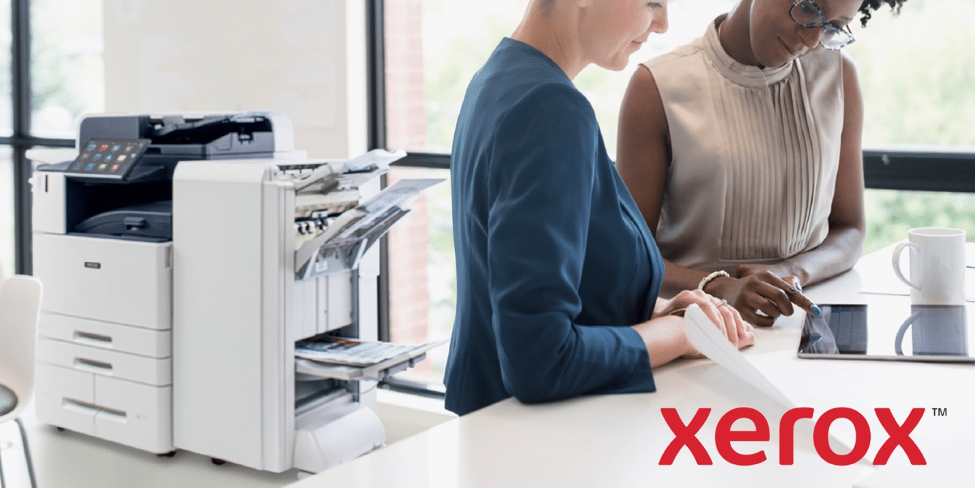Xerox runs 175 call centers around the world. In all, the centers employ more than 50,000 customer service agents who deal with questions about everything from cellphone bills to health insurance.
 Teri Morse, who is in charge of recruiting all those people, says the company had a problem: It was hiring people who just weren’t a good fit.
Teri Morse, who is in charge of recruiting all those people, says the company had a problem: It was hiring people who just weren’t a good fit.
“People were in the training classes sharing with us that they weren’t right for the position,” she says. “You have to deal with a frustrated customer, hang up the phone and move on to the next, and not have to excuse yourself to go to the ladies’ room and cry.”
So a couple of years ago, Xerox hired a company to help the company do a better job of finding the right people
 This company, called Evolv, began collecting lots of data about the people applying for jobs at Xerox call centers.
This company, called Evolv, began collecting lots of data about the people applying for jobs at Xerox call centers.
The applicants had to answer extensive surveys with questions like: “Which word better characterizes you: ‘consistent’ or ‘witty’?”
Another question: “Can you name three pieces of computer hardware?”
Applicants were tested on pattern recognition and multitasking. They had to respond to a challenging customer service call.
Some of these people got hired. Not all of them were a good fit for the job. But the data gave the company a sense of which characteristics predicted that hires would be a good fit — and which didn’t. Prior experience in a call center, for instance, didn’t really matter.
![]() A retail background was a predictor of success — except for people who worked as cashiers or in restaurants. Those people tended to do worse at the call centers.
A retail background was a predictor of success — except for people who worked as cashiers or in restaurants. Those people tended to do worse at the call centers.
With these new techniques, Xerox says it has been able to improve its hiring and significantly reduce turnover at its call centers.

